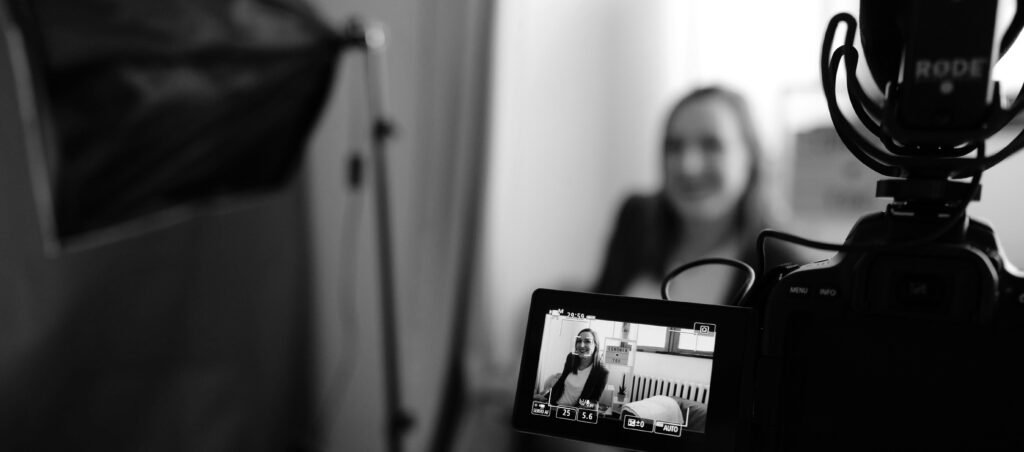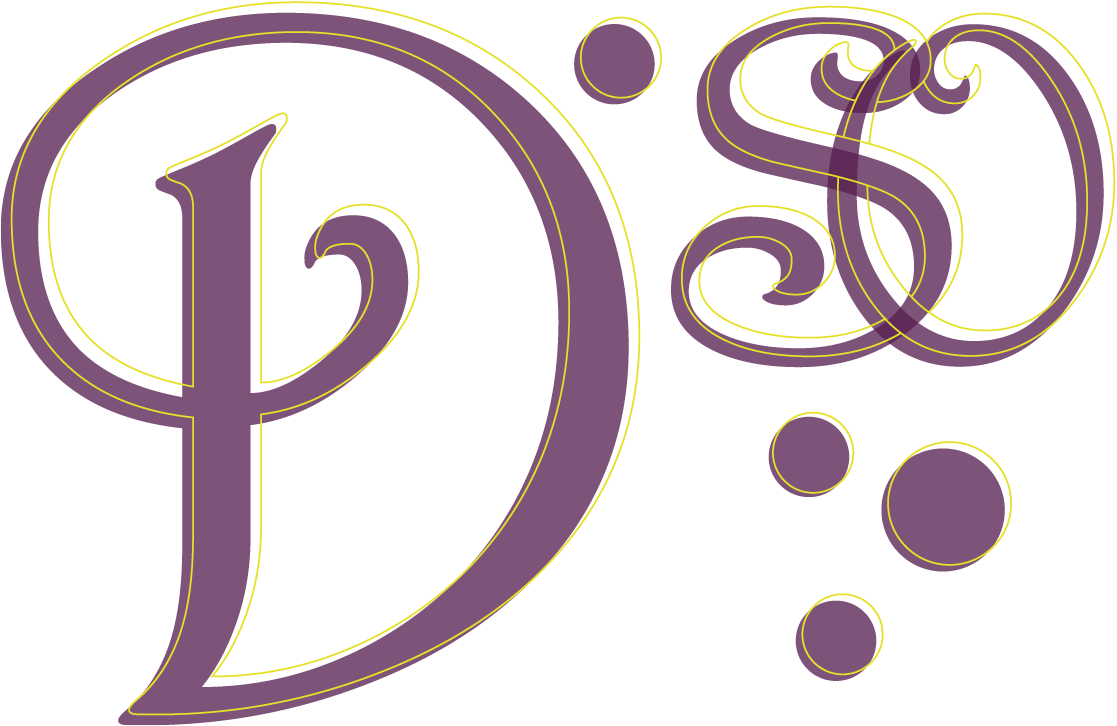In which we discuss being specific, knowing your audience, testing ideas, trusting your team, vocalizing your ideas and concerns, and the rocky road of collaboration.

The creative development process in addition to being the most fun a person can have on planet earth will also help nail down your budget and your production schedule. For example, in this process, the producer might determine you need to spend money getting drone footage to show a geographic area, or maybe you need to buy stock footage. The producer can help determine if you need to rent a studio or if you can shoot in your offices, and what sort of legal release forms and rights you will need to purchase. If you need to hire a motion graphics creator or an animator.
What does creative development look like?
Let’s pretend you have taken my advice and engaged an Independent Producer/Director/Creator to do some creative development. **Note, if you are working with an agency your account manager will bring on an agency creative team to work with you, if you are working with a production company they will likely engage a director and maybe a writer. All Indy producers/directors will have different processes that work for them – I will share mine with you.
The first thing I like to do is nail down what the approval process is. What is the sign-off order and who is responsible for it? My preference is to work with one or 2 max client reps who will be responsible for the approval process or the organization. I also like to know realistically how long it may take to get approvals. This is key. If you are booking crew members or paying for rentals and you don’t receive approvals in time – money is wasted, and momentum is stalled.
While this is happening I like to do my research. I send them my development template and ask them to fill it out, (you can download it here). I research their website, press, and social media channels. I like to visit the client offices, outreach centres, program sites and any place where they operate. I also like to look at other organizations that operate in the same space as my clients.
After this groundwork is done, I like to have an initial creative meeting with ALL the clients involved in creation or approval. This allows me to make sure we are working towards the same goals. I also talk here about ideas I have and see if anything lands. This lets me know what to pitch and develop. Then I submit three ideas, a summary of what the video will be and I highlight any particular benefits or production challenges. For example, one idea has many motion graphics, or there are spin-off ideas.
what will your video ‘feel’ like?
In this phase we discuss tone, and pacing is this happy? Should it tug at heartstrings, is it cautionary? Colours, is there a specific palette? We share videos we love or hate back and forth. We talk about music (honestly – start this search now, music takes waaaaaaaay longer than you think – always). We discuss who is on camera, and what programs we are shooting if we need clients to participate. I send them a checklist of what can be on camera (no logos), and we discuss representation, and what we are ‘saying’ with the images we create.
Because small to mid-size non-profits (my clients) are almost always working on a shoestring I like to focus on shooting footage that can be repurposed over multiple videos, and that we can pull stills or content from for social media. This means my client can amortize the production costs over a few years and a variety of media. I will offer some suggestions for additional footage we can shoot on the same dime here, as they may influence production.
Once the client has selected which creative direction they want to go in (and this typically takes a little back and forth) I send them a contract for production. This creative brief is as detailed as I can make it so that we can be as clear as possible through production and what I delivering. Then I nail down the production schedule and budget, crew up, and begin pre-production. Read Part 4: Production – what to Expect – how to be a good client on set and get the most out of your producer.



No responses yet